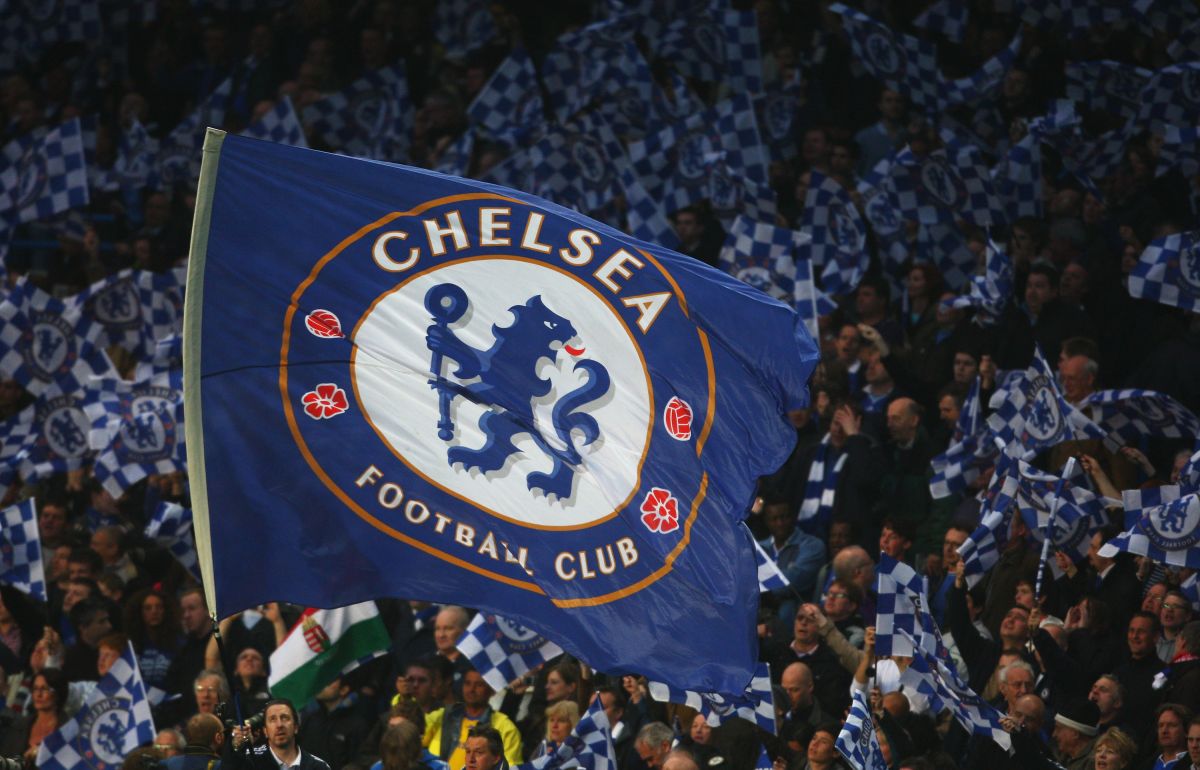98% of pathogens destroyed in less than 5 minutes
To measure the germicidal power of krypton chloride UVC lamps on Covid-19, the team of researchers from the University of Leeds (United Kingdom) chose staphylococcus aureus. This bacterium has the characteristic of being particularly resistant to decontamination treatments and antibiotics.
Researchers placed five UVC lamps on the ceilings of rooms of varying sizes, where airflow, humidity and temperature are controlled to replicate the environment of a real enclosed space.
In this room in which the air is renewed three times per hour, the results show that light decontamination with UVC lamps reduces the amount of pathogens by 98% in less than five minutes. This is equivalent to 184 additional air changes.
>> Read also: UV rays from the sun do kill coronavirus, two Italian studies show
How do UVC rays destroy the Covid virus?
UVA, UVB and UVC are emitted by the sun, but only UVA and UVB manage to pass the ozone layer. UVA is not effective in decontamination. UVB rays are more effective than UVA rays for decontamination, but they are carcinogenic.
UVC rays are blocked by the ozone layer and do not reach the Earth. However, it is possible to create them artificially. They are used for the inactivation of viruses and bacteria because they are taken up by the DNA and RNA of pathogens such as the SARS Cov2 virus.
Are UVC lamps safe for health?
Krypton chloride UVC lamps emit a light wavelength of 222 nm, in the far UVC – as opposed to UVC at 254 nm. They are considered less harmful to the skin and eyes than UVC mercury lamps which emit a wavelength centered at 254 nm. These have been used since the 1930s for the decontamination of air and water, but also for the sterilization of inert surfaces and surgical instruments.
According to researchers from the University of Leeds, this method of decontamination by far UVC could be used in schools or restaurants directly on people, whereas 254 nm radiation is never applied to the body. But according to Thierry Douki, researcher at CEA de Grenoble : “It would be more prudent to use far UVC lamps during breaks or between two restaurant services, as long as studies to observe the long-term effects have not been carried out. “
As Thierry Douki explains to us: “To date, there is an application in medicine which presents a benefit/risk balance in favor of far-UVC lamps. For example, they are used during surgery to irradiate tumor cells”.
Animal studies have shown no immediate harm. But pending studies on the long-term effects of this method of decontamination, it would be more prudent to avoid exposing humans to far UVC lamps.
>> Read also: How long does it reside on objects?
–


